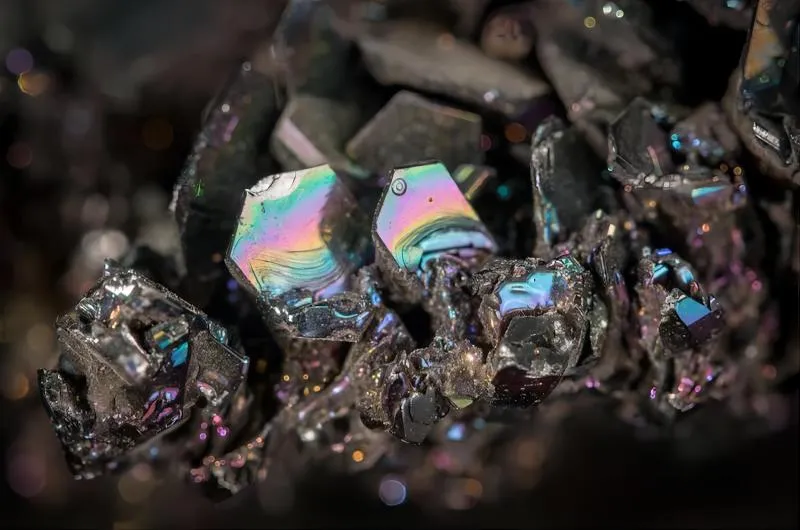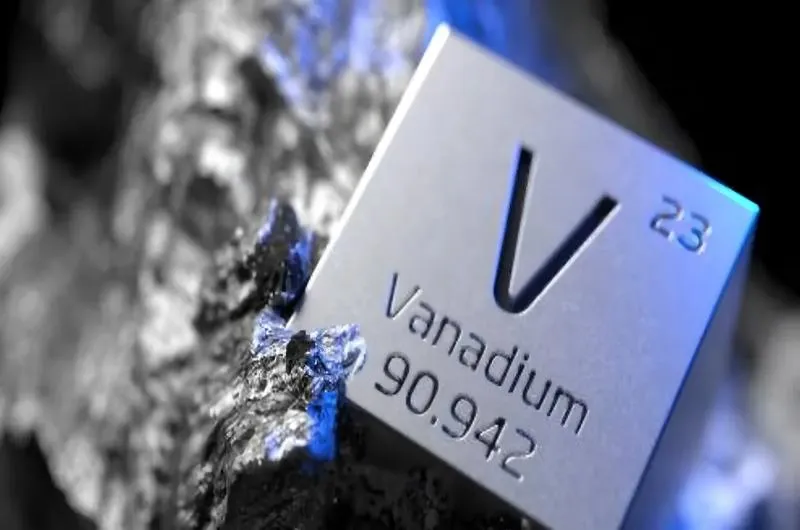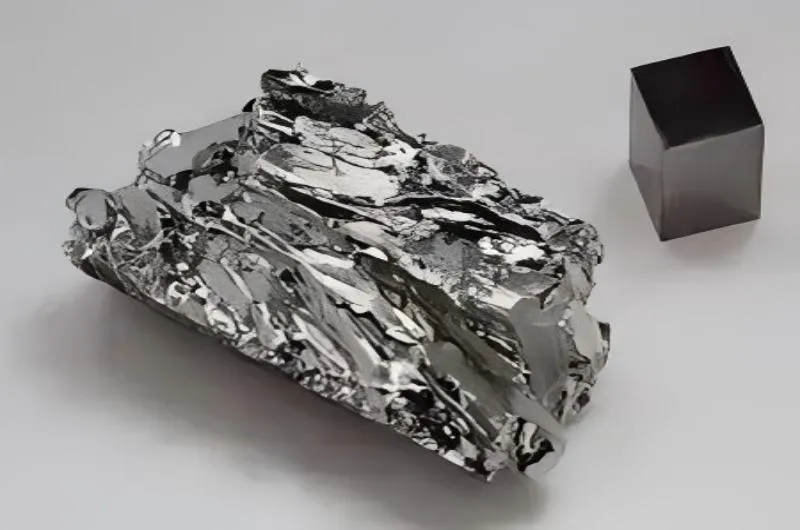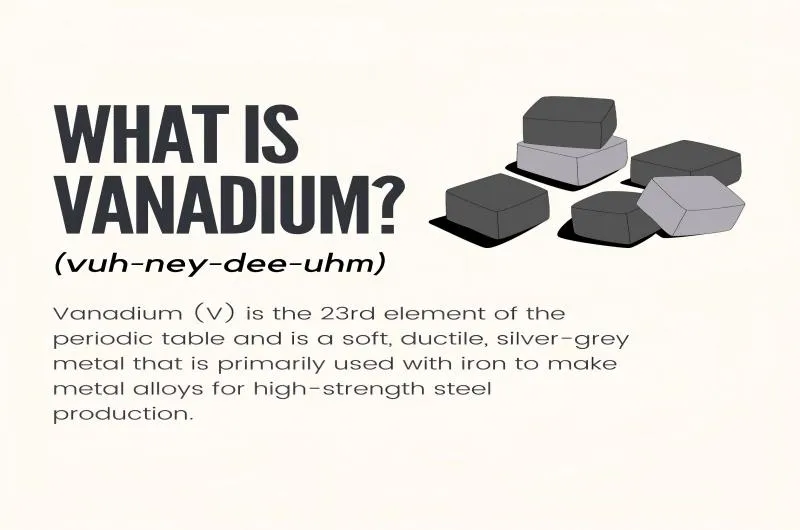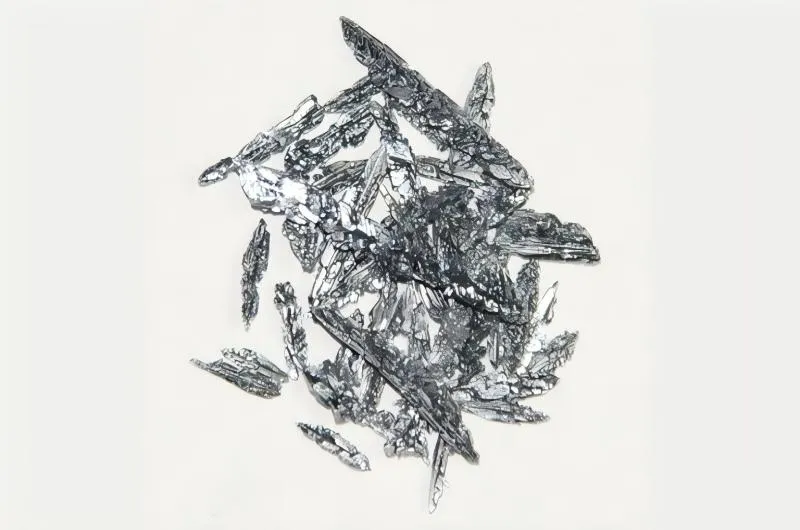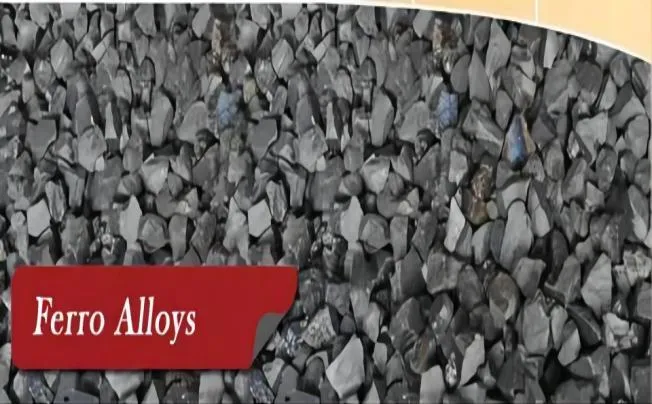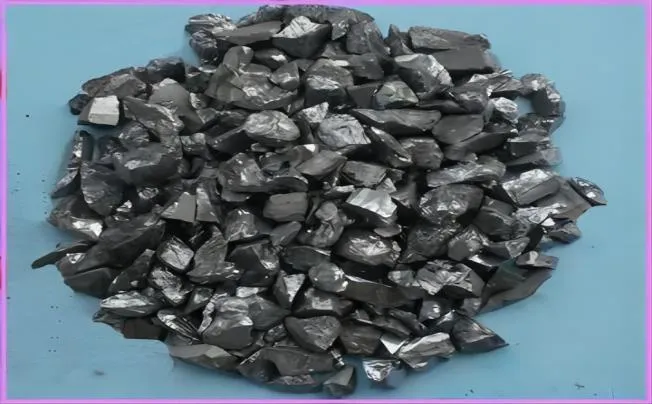BY  GENN
GENN
2024/06
Blog
What Does Silicon Do To Iron?
Fundamental Properties of Silicon
Atomic Structure and Chemical Properties
Silicon resides in group 14 of the periodic table, sharing this column with carbon, germanium, tin, and lead. Its atomic number is 14, which translates to an electronic configuration of [Ne]3s²3p².
This configuration gives silicon four valence electrons, making it versatile in forming covalent bonds with other elements, including iron. The bonding characteristics of silicon enable it to influence the properties of alloys significantly.
In terms of electronegativity, silicon has a value of 1.90 on the Pauling scale. This moderate electronegativity means it can engage in various types of chemical bonding, affecting the electronic and structural properties of the alloys it forms.
Silicon’s relatively small atomic size and its ability to form a crystal lattice structure also contribute to its effectiveness as an alloying element, allowing it to fit well within the iron matrix and modify its properties. Silicon’s chemical behavior is defined by its affinity for oxygen, which leads to the formation of silicon dioxide (SiO₂) under oxidizing conditions.
This characteristic is particularly valuable in metallurgy, where silicon acts as a deoxidizer, improving the purity and quality of iron-based alloys. Its ability to form stable compounds with oxygen and other elements highlights silicon’s role in enhancing the performance and longevity of materials.
Physical Properties of Silicon
Silicon exhibits several noteworthy physical properties that make it suitable for alloying with iron. Its melting point is 1,414°C (2,577°F), and its boiling point is 3,265°C (5,909°F), indicating its stability at high temperatures. These properties ensure that silicon can withstand the rigorous conditions involved in metallurgical processes without degrading or reacting undesirably.
In terms of hardness, silicon is quite durable, with a Mohs hardness of around 7. This hardness is beneficial when silicon is alloyed with iron, as it contributes to the overall hardness and wear resistance of the alloy.
Additionally, silicon has a relatively low density of 2.33 g/cm³, which, when alloyed with iron, can help in creating lighter but stronger materials. These physical attributes make silicon an invaluable element in the creation of high-performance iron alloys.
The ability of silicon to retain its properties at elevated temperatures and its inherent hardness significantly enhance the durability and functionality of the resulting alloys. Consequently, silicon’s physical properties play a critical role in the advancement of metallurgical applications.
Interaction of Silicon with Iron
The Dance of Elements: Alloying Mechanisms
The interaction of silicon with iron is complex and involves several alloying mechanisms. One of the primary ways silicon integrates with iron is through its solubility in the iron matrix.
Silicon atoms can dissolve in both the ferrite and austenite phases of iron, leading to the formation of solid solutions. This solubility enhances the overall strength and hardness of the alloy due to the distortions silicon causes in the iron lattice.
As silicon atoms enter the iron matrix, they form solid solutions, which strengthen the iron through a mechanism known as solid solution strengthening. This occurs because the silicon atoms disrupt the regular lattice structure of iron, making it more difficult for dislocations to move.
This hindrance to dislocation movement increases the strength and hardness of the iron alloy. Additionally, silicon can form intermetallic compounds with iron, such as Fe₃Si and FeSi.
These compounds create distinct phases within the alloy, contributing to its mechanical properties. The presence of these intermetallic phases can enhance the wear resistance and overall durability of the iron alloy, making it suitable for demanding applications in various industries.
Thermodynamic Symphonies: Thermodynamic Aspects
The thermodynamic interactions between silicon and iron are critical in determining the phases and properties of the resulting alloy. Phase diagrams, which map the stable phases of an alloy at different temperatures and compositions, are essential tools for understanding these interactions.
The iron-silicon phase diagram reveals the equilibrium states of different phases, guiding metallurgists in optimizing alloy compositions and processing conditions. Gibbs free energy changes play a crucial role in the formation of phases within iron-silicon alloys.
The stability of different phases depends on the minimization of Gibbs free energy. As silicon is added to iron, it affects the free energy landscape, leading to the formation of specific phases that enhance the alloy’s properties.
Understanding these thermodynamic principles is essential for designing alloys with desired characteristics. Cooling rates during the solidification of iron-silicon alloys also impact phase formation.
Rapid cooling can lead to the formation of metastable phases, while slower cooling allows the alloy to reach equilibrium states. By controlling the cooling rates, metallurgists can tailor the microstructure and properties of the alloy, achieving a balance between strength, hardness, and ductility that meets specific application requirements.
Effects on Mechanical Properties
Forging Strength
The addition of silicon to iron significantly impacts its mechanical properties, particularly in terms of strength and hardness. Silicon enhances these properties through various mechanisms, including solid solution strengthening, precipitation hardening, and grain refinement. Each of these mechanisms contributes to the overall performance of the alloy in distinct ways.
Solid solution strengthening occurs when silicon atoms dissolve in the iron matrix, creating distortions in the lattice structure. These distortions impede the movement of dislocations, which are defects in the crystal structure that facilitate plastic deformation.
By hindering dislocation motion, silicon increases the alloy’s yield strength and hardness, making it more resistant to deformation under stress. Precipitation hardening, another mechanism influenced by silicon, involves the formation of fine particles within the iron matrix.
These particles act as obstacles to dislocation movement, further enhancing the alloy’s strength and hardness. Silicon can form various intermetallic compounds with iron that precipitate during heat treatment processes, contributing to this hardening effect.
Impact on Ductility and Toughness
While silicon improves strength and hardness, it can also influence the ductility and toughness of iron alloys. Ductility, the ability of a material to deform plastically without breaking, is crucial for applications requiring formability and impact resistance.
Silicon can affect ductility by altering the microstructure of the alloy and its resistance to crack propagation. In some cases, the addition of silicon can increase brittleness, reducing the alloy’s ductility.
This is particularly evident when silicon content exceeds certain levels, leading to the formation of brittle intermetallic phases. These phases can act as stress concentrators, making the alloy more susceptible to cracking under load.
Therefore, controlling the silicon content is essential to balance strength and ductility. Despite the potential for increased brittleness, silicon can also enhance toughness by refining the grain structure of the alloy.
Finer grains can improve the material’s resistance to crack initiation and propagation, enhancing its overall toughness. By optimizing the silicon content and heat treatment processes, metallurgists can achieve a desirable combination of strength, ductility, and toughness in iron alloys.




